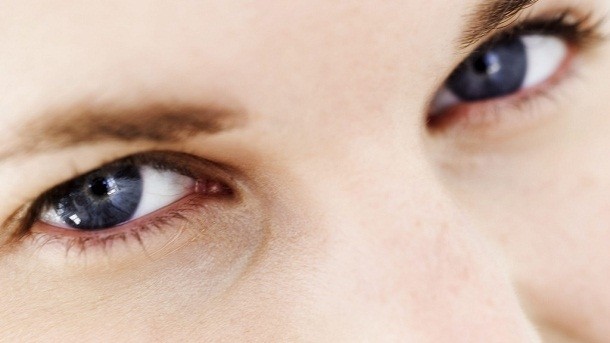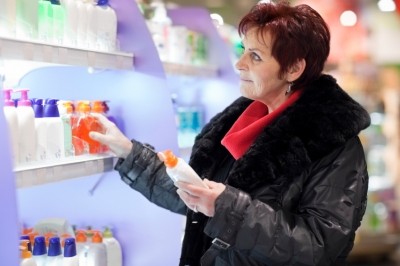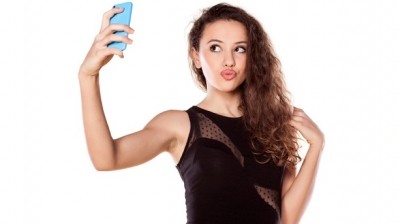Beauty marketers falling short when it comes to advertising

Tracking consumer behaviour and investing online will be part of getting the right message to the right customer which is s a crucial step to improve sales, says the market researcher, but one that marketers in the industry aren't getting right.
Ad spend in beauty was down slightly last year compared to the year before, and Nielsen claims ads are becoming less memorable compared to other consumer packaged goods.
Online shift
In addition, marketers allocated most of their ad spend to TV (42%) and print (54%). At the same time, online ad spend (defined as banner ads) dropped 73%, even though consumers are increasingly turning to this channel.
The average shopper trips to beauty retailers of all variety has also fallen, whereas online ‘trips’ have actually seen double-digit increases.
So there is a clear shift online in consumer behaviour, but it is not being fully satisfied with ad spend.
This online beauty shift is helped along by the Millennials as they are a tech savvy bunch that own smartphones and live in the age of the selfie and self-expression, which gives opportunities to make-up fragrance, and skin care brands.
Age before beauty
It is not just about spending the advertising dollars though, as when they do ads have to get it right to stand out from the crowd and target the consumer in the correct way.
Given the big dollars all generations are spending on beauty, marketers need to tailor their advertising to different segments, advises Nielsen.
This can be something quite obvious such as the skin care needs of younger and older women; one generation which tend to think of themselves as still young, desiring products that preserve the looks they currently possess and that mention ‘youth’ explicitly, while the other look for skin care products that unabashedly address the wrinkles, dullness and sagging that come with age.
Targeting within
Saying that, even within generations, consumers are attracted to different features within ads.
For example, younger Millennial women (aged 18-25) are drawn more to beauty product demonstration visuals than older Millennial women (aged 26-34), though they are important for both.
Successful beauty ads for younger Millennial women incorporate story lines, emphasizing multiple benefits and the product's efficiency.
With older Millennial women, top ads include a mixed set of story lines or glam shot-based commercials, highlighting product benefits and the resulting lifestyle change.
“Marketers would do well to heed this beauty advertising effectiveness information so that their messages more closely align with their intended consumers,” says Nielsen.








